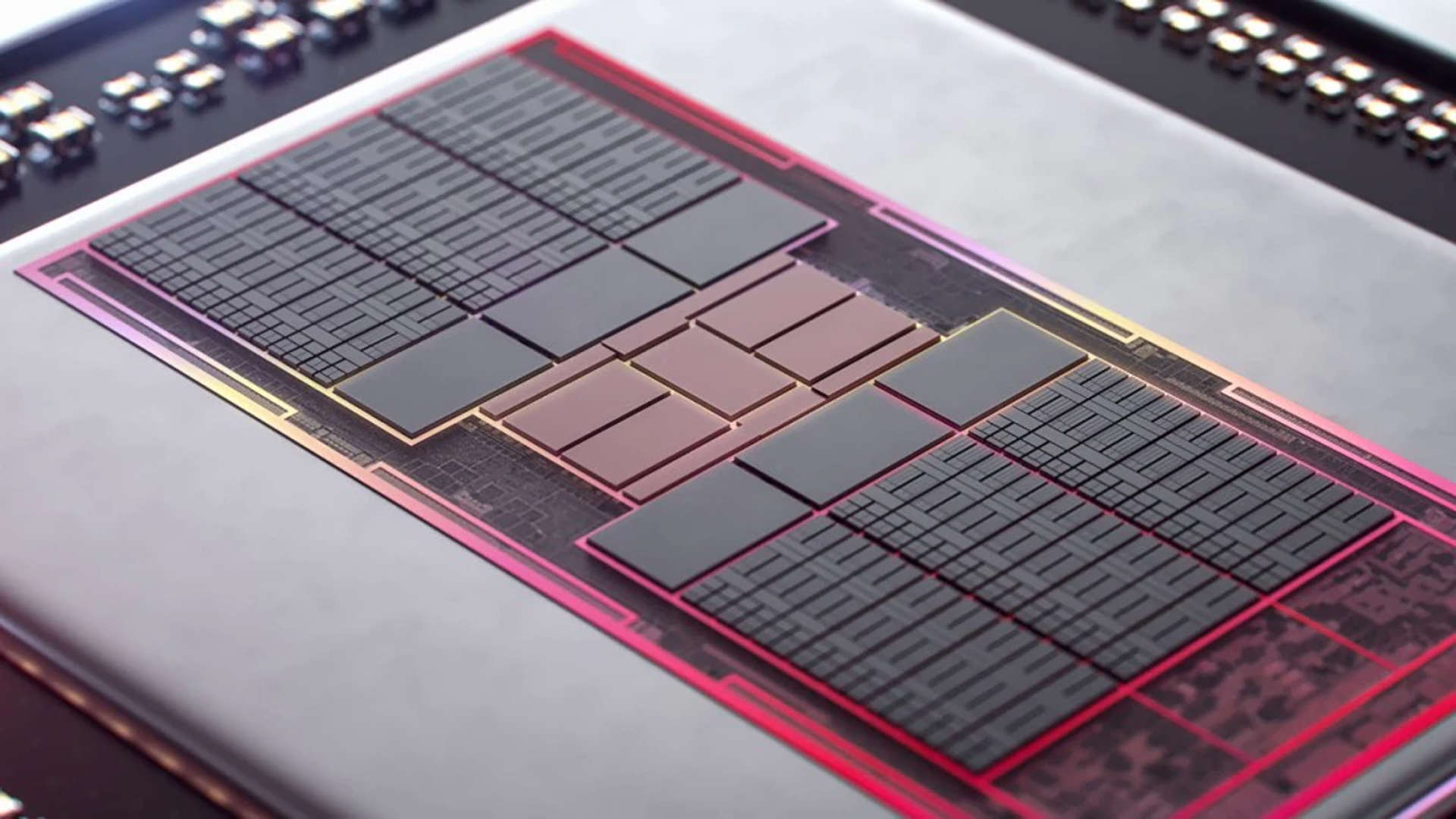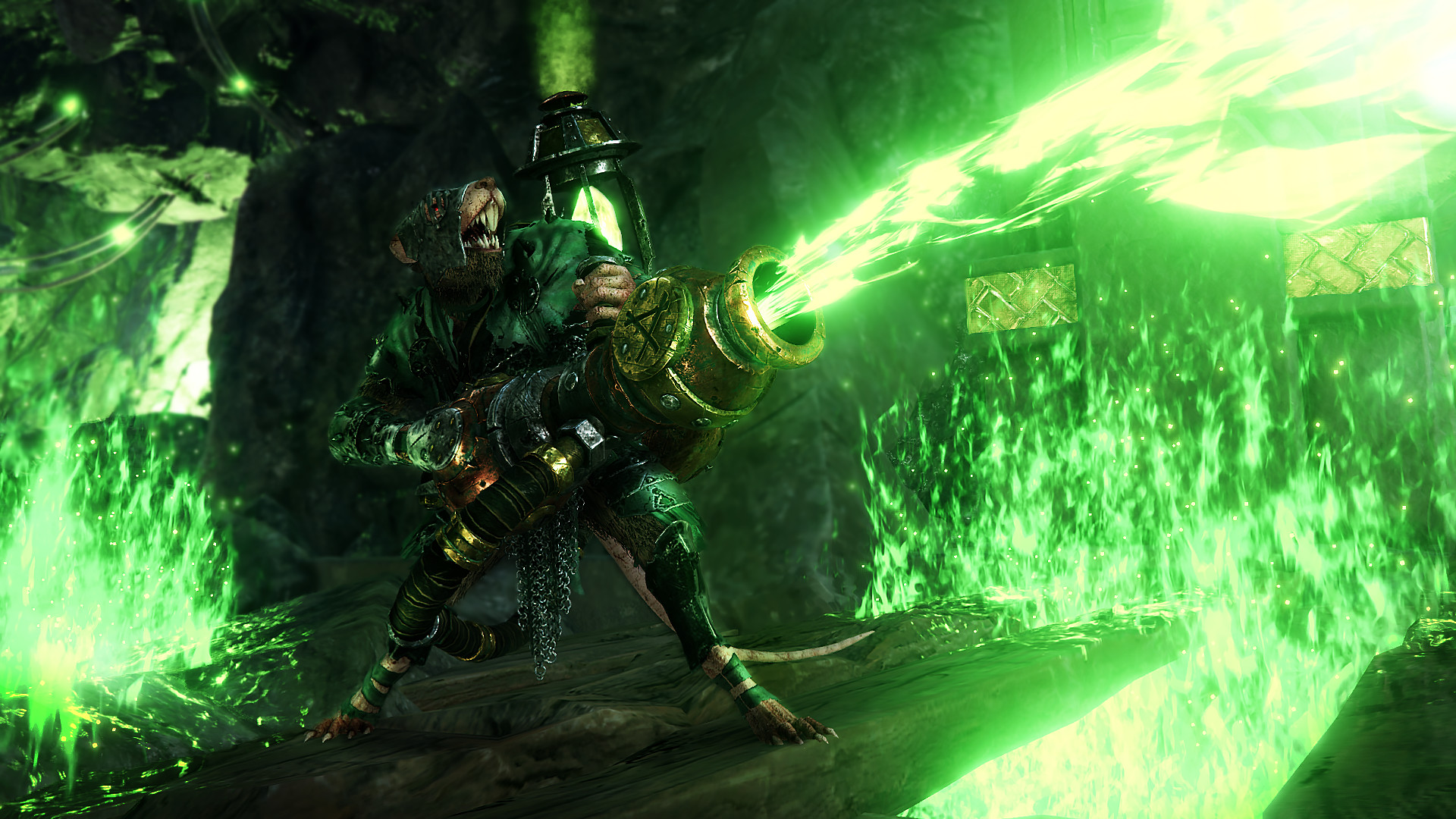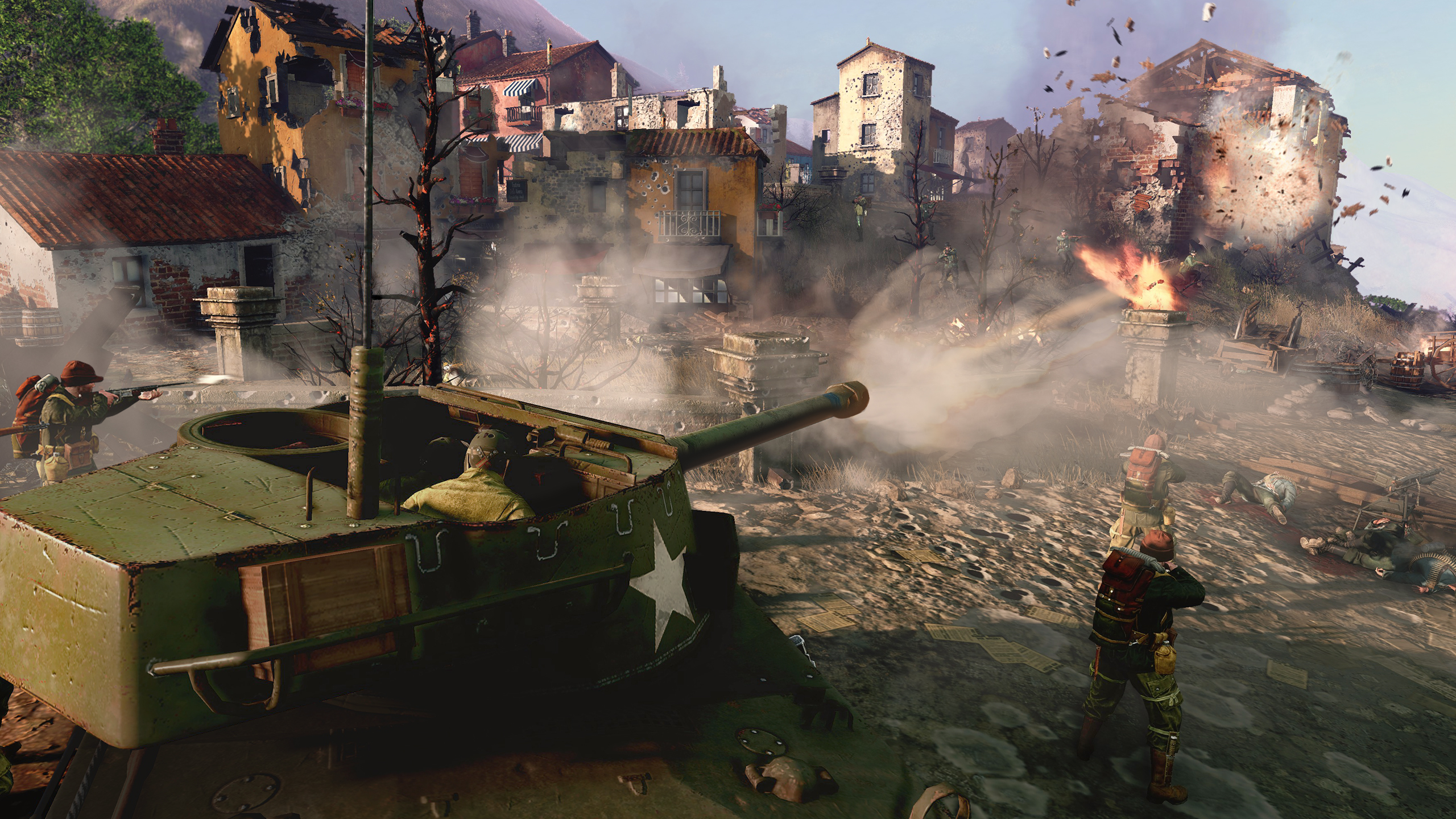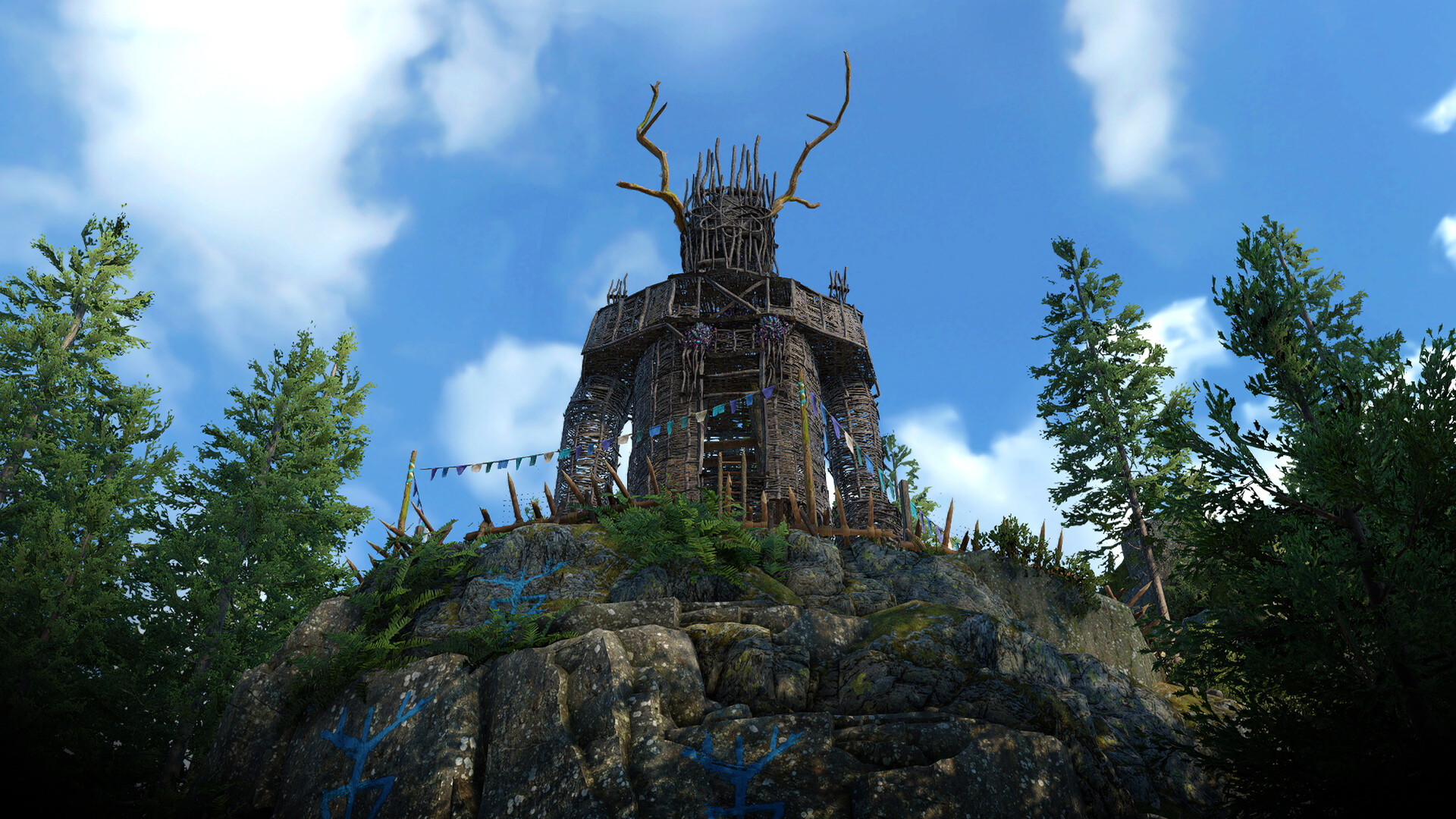AMD and Nvidia are in a cat and mouse game. When one launches a new upscaling technology, the other follows. DLSS, then FSR. Frame Generation, then Frame Generation (AMD style). You get the idea. Traditionally we’ve come to expect Nvidia to lead and AMD to follow, but that’s not how AMD’s Aaron Steinman sees it.
“I would be curious to know if Nvidia feels now they have to match what we’ve done in making some of these solutions driver-based,” says Steinman.
The driver-based technologies that Steinman is referencing are AMD Fluid Motion Frames (AFMF), launching out of preview later this month, and Radeon Super Resolution (RSR), which is already available. These two technologies differ from AMD’s FidelityFX Super Resolution (FSR) in that they don’t require developers to support them in their games. They’ll work, to some extent, on most games.
“I think what we’re gonna start seeing, DLSS is only available on certain solutions, so either Nvidia is going to have to benefit from our solution because we did make it open-source and cross-vendor, or they’re probably going to need to do something similar.”
Take Avatar: Frontiers of Pandora, for example. This game offers AMD Frame Generation and FSR 3. There’s no DLSS support, which means Nvidia GPU owners must use AMD’s upscaling tech instead. That’s easy enough to do, of course, as AMD’s upscaling tech isn’t proprietary and will work on most cards of a reasonable enough age, but I wonder how that sits with Nvidia.
To be fair to Nvidia, the company does offer a driver-based upscaling option called Nvidia Image Scaling. It’s a much more simple upscaling technology than the AI-infused DLSS, and relies instead on a sharpening filter to help improve final image clarity. Nvidia has no driver-based version of its Frame Generation technology, however, which is exclusively paired with DLSS 3.
Ultimately, we’ll have to see how well AFMF works in any old game before deciding to camp outside Nvidia HQ to demand a green team version.
We’ve taken the latest preview for a spin on the Framework 13 running the Ryzen 7 7840U and it’s pushed Baldur’s Gate 3, running on FSR 2 Balanced, from around 30 fps on High up to a pretty solid 60 fps. And it looks really good doing it. So, it’s definitely looking promising.
“I mean, the competition will never end, right? We’ll have new technologies, they’ll have new technologies,” Steinman says.
(Image credit: Future)
Best CPU for gaming: The top chips from Intel and AMD.
Best gaming motherboard: The right boards.
Best graphics card: Your perfect pixel-pusher awaits.
Best SSD for gaming: Get into the game ahead of the rest.
I have to agree, it feels like we’re still at the beginning of an upscaling arms race that neither company will back down from, at least not without going bankrupt. And looking at their financials after the AI boom, I don’t think that’s going to happen anytime soon. Over at CES, AI is all most companies are talking about, and I asked Steinman if he thinks we’ll see a lot more AI acceleration in our gaming GPUs with time.
“I think so. That’s a trend that we will undoubtedly see.”
AI accelerated features feels like the inevitable next step for AMD’s Radeon division, and that would see the company matching Nvidia’s product stack pretty much powered by AI already, including new additions from CES 2024, such as RTX Video HDR.
_____________________________________
PC Gamer’s CES 2024 coverage is being published in association with Asus Republic of Gamers.










